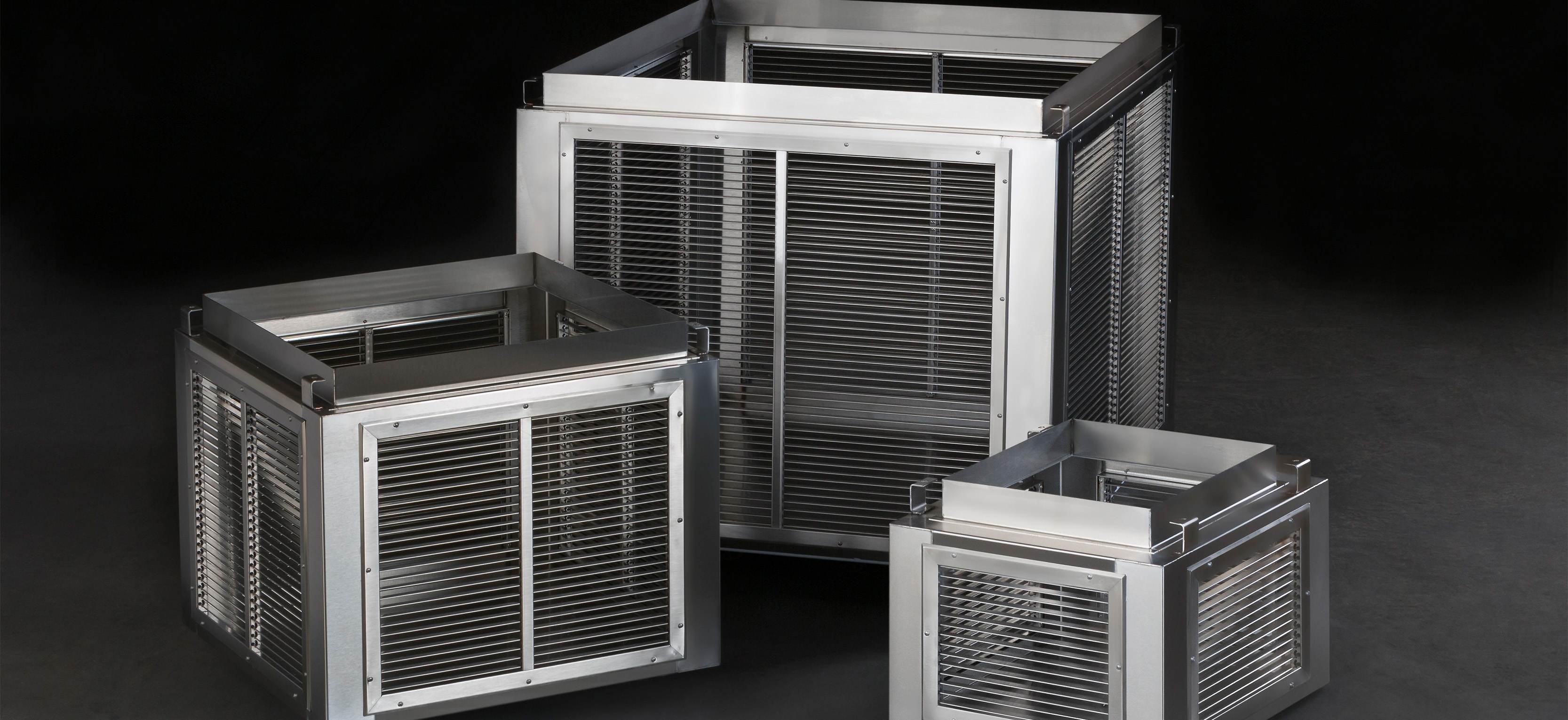Drop box diffusers are high-volume air supply units that disperse air through a room. They offer similar air coverage to ductwork while providing significant advantages to cost, installation, and customizability.
What makes a drop box diffuser suitable for use in food processing environments?
Drop box diffusers are particularly suitable for use in food processing environments due to the following reasons:
- Drop box diffusers are made of rust-resistant stainless steel that is easily sanitized.
- Drop box diffusers take up less ceiling room than traditional ductwork, reducing cost and leaving space for essential infrastructure and production equipment.
- Drop box diffusers have dampers and grilles that adjust airflow, allowing air to circulate in a large-volume space.
- The size and number of sides of a drop box diffuser can be customized, such as creating a rectangular or triangular diffuser, to tailor the direction of air distribution.
- Drop box diffusers can be individually heated for use in frozen food processing facilities, preventing the formation of ice.
- Drop box diffusers offer optional drain fittings which redirect water, condensation, and cleaning chemicals, helping to keep the interior of the drop box clean and dry.
Specifying the correct drop box diffuser is crucial to creating a compliant food processing environment. Diffusers replace the air removed by hoods and exhaust, preventing condensation and temperature stratification and keeping employees safe and comfortable.
What are the characteristics of a drop box diffuser for food processing applications?
The following characteristics should be considered when specifying a drop box diffuser for food processing applications:
Amount of airflow: Drop box diffusers provide airflow for a room in cubic feet per minute (CFM). The size of the box determines the amount of airflow. The larger the box, the higher CFM it outputs.
Number of sides: Drop box diffusers expel air through the sides of the box. A standard drop box disperses air from four sides. The top side is mounted to the ceiling, and the bottom side, which faces directly downward, usually does not disperse air.
Noise level: Drop box diffusers create noise when dispersing air. Because they move more air, larger boxes are noisier than smaller boxes.
Air distribution devices: Drop box diffusers disperse air through grilles or drum louvers. Drop boxes using grilles offer enhanced adjustability of airflow pattern through additional blades, while drop boxes using drum louvers allow for the construction of shallower, less-intrusive boxes.
Ceiling mounted: Drop box diffusers are traditionally mounted on the ceiling through hanging brackets.
Stainless steel construction: Drop box diffusers are made of stainless steel, a corrosion-resistant metal that withstands heavy sanitation practices, including chemicals, steam, and hot water, making it an ideal material for food processing environments.
Continuous welded seams: Drop box diffusers are welded with continuous seams, sealing out bacteria and moisture and sealing in air.
Why KEES
KEES understands the importance of designing key infrastructure that mets the compliance and safety specs of a food processing environment. Our drop box diffusers are highly customizable and never compromise on material or design quality.
Why specify a drop box diffuser for food processing environments with KEES?
Customizability: KEES' flexible production environment manufacturers custom infrastructure that meets the needs of our clients' unique food processing environments. Our drop box diffusers can be customized by size, dimensions, number of sides, air distribution devices, mounting options, finish, and more, to perfectly match the requirements of a space.
All stainless steel construction: Not every manufacturer can work with stainless steel, a durable and difficult-to-manipulate material. At KEES, stainless steel construction is one of our specialties. We build with high-quality alloys (316, which offers enhances corrosion resistance making it favored for outdoor, marine, and heavy chemical applications, and 304, which is more affordable) that are corrosion-resistant and easy to sanitize, finishing with long-lasting, carefully cleaned welded seams that provide excellent coverage and sealage.

